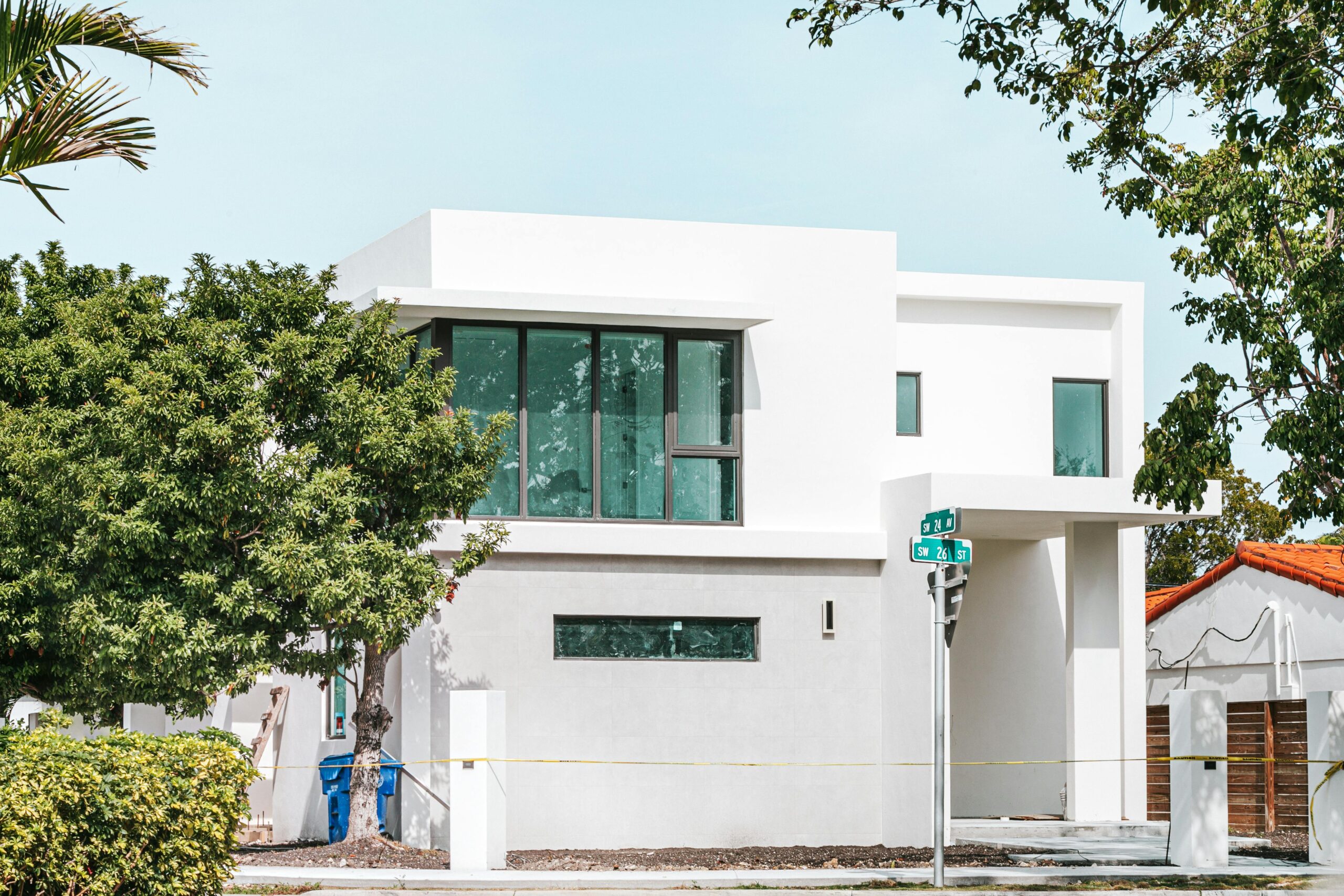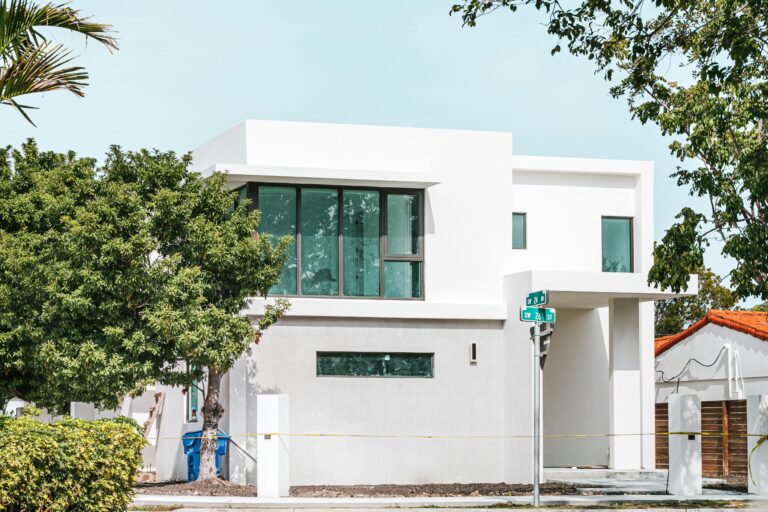Central Florida’s real estate market is experiencing an unprecedented slowdown, with Orlando homeowners choosing to stay in their properties at rates not seen in decades. The region’s housing turnover has plummeted to historic lows, reflecting broader economic pressures that are reshaping the American housing landscape and leaving Orlando among the hardest-hit markets in the nation.
Historic Decline in Home Sales
Orlando’s housing turnover rate has fallen dramatically, with approximately 26 sales per 1,000 homes recorded during the first nine months of 2025. This represents a sharp 16.1% decline from the previous year, placing Central Florida among the regions experiencing the steepest drops in housing activity nationwide. The turnover rate, which measures the number of homes sold divided by the total number of sellable properties, serves as a critical indicator of market health and economic mobility.
To put this in perspective, during the pandemic-fueled buying frenzy of 2021, roughly 44 out of every 1,000 homes changed hands across the country. Even in the pre-pandemic year of 2019, the rate stood at 40 per 1,000. Orlando’s current figure of 26 per 1,000 represents a stark departure from historical norms, signaling a fundamental shift in how Central Florida residents approach homeownership and mobility.
The decline isn’t isolated to Orlando alone. The entire United States is experiencing the lowest home turnover rate in at least three decades, with only 28 out of every 1,000 homes changing hands between January and September 2025. However, Orlando’s steeper-than-average decline underscores the particular challenges facing Central Florida’s real estate market.
The Perfect Storm: Affordability and Economic Uncertainty
Multiple factors have converged to create what real estate economists are calling an unprecedented housing freeze. At the heart of the problem lies a fundamental affordability crisis that has priced many potential buyers out of the market entirely. Home values in Orlando experienced a year-over-year decline of 2.6% in 2025, marking the first negative growth since the devastating 2008-2011 housing crash when prices plummeted by 24.9% in 2009 alone.
Despite these price corrections, affordability remains elusive for most buyers. The median price of a previously occupied home in the United States has surged 53% over the past six years, with Central Florida experiencing similar appreciation before the recent downturn. Following a post-pandemic surge of 26.4% in 2022, Orlando’s home value growth slowed to just 3.8% in 2023 before turning negative in 2025.
Compounding the price pressure are persistently elevated mortgage rates. While the average rate on a 30-year mortgage has recently fallen to its lowest level in more than a year, hovering around 6.17%, these rates remain more than double the historic lows that prevailed during the pandemic. For homeowners who locked in rates between 2% and 4% in 2020 and 2021, the prospect of selling and taking on a new mortgage at current rates is financially unappealing. More than 70% of mortgaged homeowners in America have secured rates below 5%, creating a powerful disincentive to move.
The Lock-In Effect and Economic Mobility
This phenomenon, known as the “lock-in effect,” has created what Redfin Chief Economist Daryl Fairweather describes as an unhealthy situation for the broader economy. Traditionally, Americans moved for compelling life reasons: a new job opportunity, the need for more space when starting a family, or retirement plans. The current housing paralysis suggests these traditional drivers of mobility are being overwhelmed by financial considerations.
The implications extend far beyond real estate. When people cannot or will not move for better employment opportunities, labor markets become less efficient, and economic growth can stagnate. The United States is currently experiencing what economists characterize as a “low-hire, low-fire” labor market, with weak job creation paralleling the housing freeze. U.S. employers added just 22,000 jobs in August 2025, well below expectations, while several major corporations including Microsoft, General Motors, Amazon, and Target have announced significant job cuts.
The connection between housing immobility and labor market weakness creates a self-reinforcing cycle. People hesitate to sell homes and relocate for new opportunities when those opportunities seem uncertain, while employers struggle to attract talent from other markets when potential hires cannot afford to move. This economic stagnation is particularly concerning for a growing metro like Orlando, which has historically relied on population influx to fuel its economy.
Regional Variations and Market Dynamics
Orlando’s position among the markets with the steepest declines places it in concerning company. San Antonio led the nation with a 26.9% year-over-year drop in turnover rate, followed by Charlotte at 19.9%, Jacksonville at 17.3%, Miami at 16.7%, and Orlando at 16.1%. Notably, three of the five hardest-hit markets are in Florida, suggesting state-specific factors may be amplifying national trends.
Within the Orlando metropolitan area, the pain is distributed unevenly across counties. Seminole County recorded a 2.6% year-over-year decline in home values with the shortest average time on market at just 58 days, indicating properties are moving quickly when priced competitively. However, the county also posted the highest price cut rate in the metro at 35.9%, suggesting sellers are having to make significant concessions to attract buyers. Orange County, the region’s most populous with 1.47 million residents, saw a 2.3% drop in home values with 33.2% of listings requiring price cuts.
In contrast, some markets bucked the national trend. Virginia Beach, Virginia, topped the nation with the highest turnover rate at 35 out of every 1,000 homes, followed by West Palm Beach and Tampa in Florida, along with Indianapolis and Atlanta. These markets have maintained more balanced supply and demand dynamics, though even they are experiencing slower activity than in previous years.
The Condo Crisis
Orlando’s slowdown is particularly acute in the condominium and townhouse market. Nationwide, roughly 22 out of every 1,000 condos and townhouses sold during the first nine months of 2025, compared to 30 out of every 1,000 single-family homes. The condo market’s 3.3% year-over-year decline in turnover rate far exceeds the modest 0.6% uptick for single-family homes, reflecting what industry data describes as a dramatic imbalance, with an estimated 72.3% more condo sellers than buyers in the national market.
This disparity stems from several factors. Many condo buyers are first-time purchasers or those downsizing, demographics that are particularly sensitive to high mortgage rates and economic uncertainty. Additionally, some condo developments face increasing insurance costs and special assessments, making ownership less attractive. For a market like Orlando that has seen significant condo development in recent years, this segment’s weakness represents a considerable drag on overall housing activity.
Looking Ahead: A Buyer’s Market with Few Buyers
Market forecasting models paint a sobering picture for Orlando’s immediate future. The region’s Home Price Forecast Score stands at just 29 out of 100, indicating what analysts characterize as a “complete buyer’s market.” Scores below 45 denote a declining market, and Orlando’s steep drop from a peak score of 73 during 2021-2022 to only 29 by 2025 highlights the dramatic market cooling.
In theory, this should favor buyers, providing negotiating power and opportunities to secure properties at more reasonable prices. In practice, however, potential buyers remain largely sidelined by affordability constraints and economic uncertainty. The result is a market with plenty of inventory, Orange County alone has 5,836 homes for sale, but insufficient demand to absorb it at current asking prices.
For sellers, the message is clear: flexibility and competitive pricing are essential. The average days on market has stretched to 65 days in Orange County, giving buyers ample time to comparison shop and negotiate. Properties that aren’t priced attractively for current market conditions face extended listing periods and likely multiple price reductions. Seminole County’s 35.9% price cut rate illustrates how aggressively sellers must sometimes adjust expectations to close deals.
Economic and Social Implications
Beyond the immediate concerns of buyers, sellers, and real estate professionals, Orlando’s housing freeze carries broader implications for the region’s economic vitality and social fabric. Central Florida has built much of its growth story on being an attractive destination for relocated workers, retirees, and families seeking more affordable alternatives to higher-cost markets. When housing turnover slows dramatically, that growth engine sputters.
The situation also raises questions about generational wealth transfer and economic opportunity. Young families that might normally trade up to larger homes as their needs grow find themselves stuck in starter homes. Older homeowners who might downsize to unlock equity remain in properties larger than they need because moving would mean accepting significantly higher borrowing costs. This generational mismatch between housing stock and occupants represents an inefficient allocation of resources that constrains economic dynamism.
Moreover, the slowdown affects the vast ecosystem of businesses dependent on housing transactions: real estate agents, mortgage brokers, home inspectors, moving companies, home improvement retailers, and countless others. When turnover drops by double digits, these industries feel the pain through reduced transaction volumes and revenues.
Conclusion: Waiting for Catalysts
Orlando’s housing market stands at a crossroads, with historic turnover lows reflecting the culmination of years of price appreciation, rapidly rising interest rates, and growing economic uncertainty. The region, which saw such dramatic swings during the last housing crash, with prices soaring 32% in 2006 before plunging in subsequent years, has again proven susceptible to boom-and-bust cycles.

What might break the current stalemate? Economists point to several potential catalysts. Significant mortgage rate declines toward 5% could reignite buyer interest, though Federal Reserve policy and inflation trends make such drops uncertain. Alternatively, if home prices decline substantially further, they might reach levels where affordability improves despite elevated rates. Finally, a stronger job market with more compelling employment opportunities could overcome financial hesitation and motivate moves.
Until such catalysts emerge, however, Orlando homeowners appear likely to remain where they are, contributing to what may be remembered as one of the most frozen periods in American real estate history. For a region accustomed to growth and dynamism, this new reality of staying put represents an uncomfortable adjustment with consequences that will ripple through Central Florida’s economy for years to come.






